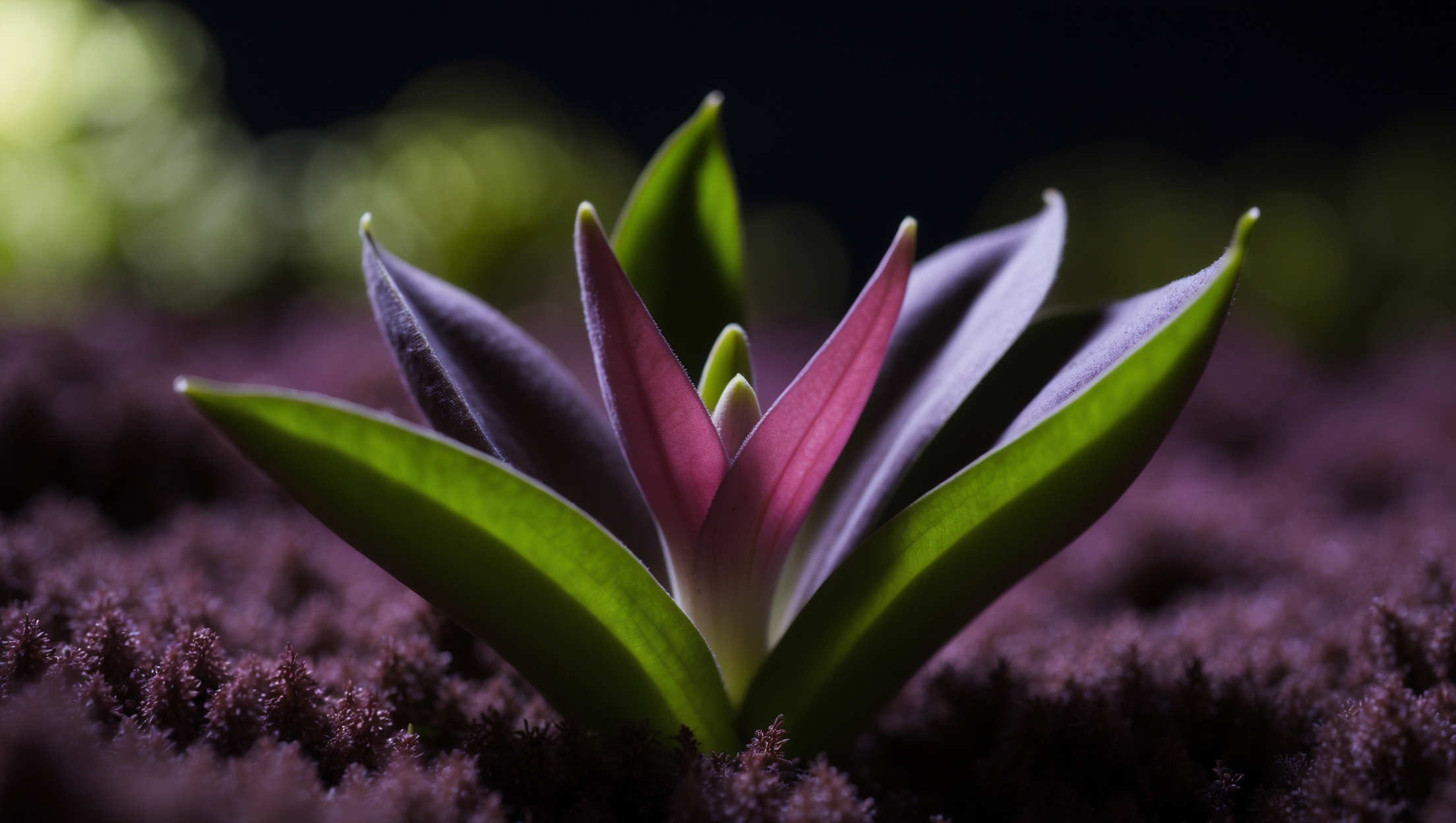The Secret Lives of Houseplants: Nighttime Adventures You Never Knew About
Ever Wondered What Your Houseplants Do When You’re Not Looking?
We often see them as the quiet, unassuming companions of our living rooms and offices, but there’s a whole world of activity pulsating from your potted friends once the lights go out. Dive with me into the serene, yet surprisingly interesting nightlife of houseplants!
Growing up, I was the kid with a penchant for turning every leaf I spotted into a makeshift magic wand. Fast forward to adulthood, and I’m still leafing through plant books (pun always intended) trying to uncover these verdant mysteries. Imagine my excitement when I learned that houseplants have their own little nighttime routines—who would’ve thought?
 [Create an artistic, moonlit photograph of houseplants silhouetted against a large window. The soft glow of moonlight highlights the diverse shapes of various leaves, casting delicate shadows. Composition: portrait orientation focused on tranquility and mystery, modern photography style.]
[Create an artistic, moonlit photograph of houseplants silhouetted against a large window. The soft glow of moonlight highlights the diverse shapes of various leaves, casting delicate shadows. Composition: portrait orientation focused on tranquility and mystery, modern photography style.]
The Secret Nightlife: Respiration And Photosynthesis
When the sun takes its bow, the curtain rises on the plant world’s respiratory masterpiece—cellular respiration. While this scientific term might sound like something from a high school textbook, it’s essentially the way plants “breathe” by using oxygen and releasing carbon dioxide. Intrigued yet?
Just like us, plants are hard at work, converting stored energy to grow and repair. And who doesn’t appreciate a hard-working friend?
Houseplants’ Sleep-Like State: The Art of Nyctinasty
I have to admit, I thought nyctinasty was a dance move I missed out on during the groovy 70s disco era, but it turns out it’s how plants relax at night. Many houseplants like the oxalis (the cheerful one with little shamrock leaves) exhibit this fascinating behavior. They gently fold their leaves at dusk, signaling “I’m off the clock!”
This temporary repose is more than just a pretty sight. It’s thought to conserve energy and protect leaves from nocturnal pests—a smart pillow-talk strategy if you ask me.

Bringing It All Home: Cacti And Succulents
Our low-maintenance buddies, cacti, and succulents take a rather unique approach, with a schedule that could rival any night owl. They perform a chemistry trick called CAM photosynthesis—opening their stomata (tiny pores) at night to minimize water loss. Now, that’s what I call efficiency with a dash of nighttime ingenuity!
Make Your Nights Greener: Craft Your Own Nocturnal Oasis
You can even bring a bit of that nocturnal magic into your home! By arranging certain plants that complement each other in their evening activities, you’ll cultivate an indoor jungle that thrives day and night. Add a touch of moonlight or soft ambient lighting, and you’ve got yourself a serene nighttime retreat.
Remember, I’m just one curious plant parent sharing what I learn along the way. If your plants seem to be going about their business differently (or you catch them partying with the garden gnomes), do let me know!

Concluding Our Anthropomorphic Adventure
Who knew our leafy friends led such rich, secret lives under the stars? So next time you’re drifting off, wonder what tales your houseplants might whisper about their nocturnal adventures. And if you do catch them swaying under the moon, maybe it’s time to join the dance—or at least, invite new plants to the party!
Until next time, happy growing (and good night-tracking)!